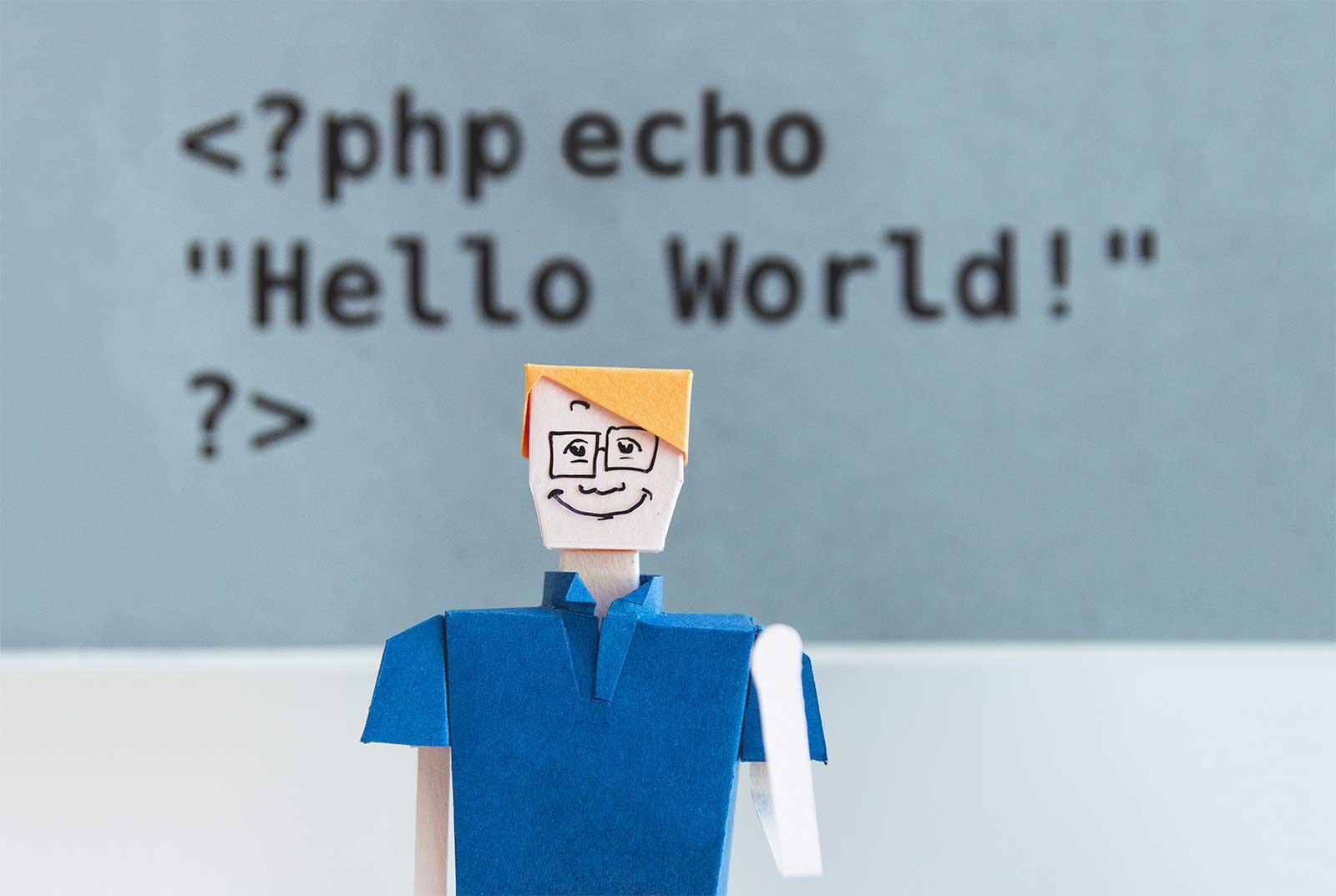Learn about the integral languages and tools for front-end and back-end web development, and explore the importance of frameworks such as GreenSock for creating animated websites. Understand the roles of HTML, CSS, JavaScript, PHP, Python, and MySQL in shaping the internet, and discover the benefits of back-end technologies like Node.js and Express.js.
Key Insights
- Front-end web development primarily involves HTML, CSS, and JavaScript, which format information, dictate visual elements, and add interactivity respectively.
- Frameworks such as GreenSock, jQuery, and Bootstrap are essential tools in modern web development, aiding in website animation, user interaction, and efficient coding.
- Back-end development languages include JavaScript (via Node.js), PHP, MySQL, and Python, each offering unique functionalities for server-side tasks and data management.
- Back-end technologies like Node.js, Express.js, MongoDB, and Ruby on Rails are used to create web applications, handle requests, organize data, and develop web applications rapidly.
- The choice between front-end and back-end development depends on an individual's coding goals and preferred tasks; front-end development is often considered easier and more creative, whereas back-end development requires logical-mathematical skills for efficient data management.
- Noble Desktop offers several courses and certificate programs for those interested in learning front-end and back-end web development, including the Front-End Web Development Certificate, the Full-Stack Web Development Certificate, and the Python Developer Certificate.
Aspiring coders often ask, should I learn front-end or back-end development? The best coding language to learn and whether you learn front or back-end development depends on what you intend to do. Different languages are used to create webpage layouts, style text, create slideshows, build ecommerce functionality, program search functions, etc. Some software, such as Salesforce, allow you to customize the software to your needs with specific coding languages.
The two primary categories of coding languages for the web are:
- Front-End Languages: HTML, CSS, JavaScript are used to design the look and feel of a website. These languages alter color, typography, layout, animation, interaction, text, and images. Everything that the user sees and interacts with is built with front-end languages.
- Back-End Languages: PHP, JavaScript, MySQL, and Python are back-end languages that manage data and input from website users. For example, when you type a message into a website contact form and hit send, PHP code can send the data to a recipient’s email, or store it into a database. Data typed into a search engine, contact form, or searchable directory are other types of data that would be managed on the back-end.
What about frameworks? Framework (such as Bootstrap, jQuery, and GreenSock) are not coding languages, they are collections of code that allow you to do things more efficiently in a specific language. For example, the Bootstrap framework consists of CSS and JavaScript that simplify complex processes like creating grid-based layouts, buttons, menus, and more. jQuery and GreenSock are JavaScript frameworks that let you quickly add interactive JavaScript functionality to websites, faster than writing plain JavaScript.

Front-End Web Development
Front-End Languages
HTML (Hypertext Markup Language) formats information including text, images, and links to create websites and emails. The tagging system divides information into sections, paragraphs with headings, lists, and more. You can create a basic web page using HTML alone, though it won’t be visually appealing. That’s where CSS (Cascading Style Sheets) comes in.
CSS (Cascading Style Sheets) is how you control the look of HTML elements, specifying color, typography, and creating responsive layouts. A responsive webpage adjusts the appearance based on a user’s screen size (desktop, tablet, or mobile phone). Google ranks mobile-friendly sites higher, so if a website is not responsive, it will not rank as high in search results.
JavaScript adds interactivity and animation to your website. Use JavaScript to add drop-down menus, image slideshow, form validation, and much more to your webpages. JavaScript makes websites fun for the user and lets you do things that simply cannot be done with HTML and CSS.
Front-End Frameworks
HTML, CSS, and JavaScript represent the core of what you need to know if you want to create modern, interactive websites. Additional frameworks and tools will help you code faster and easier.
GreenSock: The GreenSock Animation Platform (GSAP) is an industry-standard framework to animate websites, in a post-Flash world. With GreenSock you can create web banners, complex timed animations, interactive animations, and more to a website. To see GreenSock in action, check out Awwwards sites that use GreenSock and the GreenSock Showcase.
jQuery: A popular JavaScript framework, jQuery creates even more options for interaction with plugins. jQuery plugins are used in other frameworks, such as Bootstrap, to support interactivity features like pop-up image previews and slideshow controls.
Bootstrap: This component library of CSS and JavaScript makes it faster and easier to code up a website. Instead of typing the CSS code necessary to create a multi-column layout that changes to a single-column on mobile devices, Bootstrap lets you apply class names to do the styling. It also includes many interface elements such as menus, slideshows, and the HTML, CSS, and JavaScript to make it work.

Back-End Web Development
Back-End Languages
JavaScript Many web developers use JavaScript for front-end, so Node.js was created to allow developers to also use JavaScript on the back-end. This way they don’t have to learn another language such as PHP, Ruby, etc.
PHP (Hypertext Preprocessor) is a widely used server-side language that offers powerful backend functionality. PHP can be used to send or validate information like contact forms and emails and much more. It can be embedded in HTML. WordPress is written in PHP.
MySQL (My Structured Queried Language) is a database management language. To store or retrieve data within a website, you use a database. Data stored can range from products in an ecommerce store to images in a photo directory. Together PHP and MySQL form a powerful team for building ecommerce sites, directories, and other types of interactive websites.
Python is not specific to websites, but can be used on them. It's a flexible language that gives you the power of a back-end language while remaining easy to learn. Python can be used for so many things, but currently is being used for machine learning, AI (artificial intelligence), web apps, scientific computing, game development, and much more. Python is used by tech giants such as Instagram, Facebook, Reddit, and YouTube.
Back-End Frameworks & Technologies
Node.js enables developers to use JavaScript for back-end web development. LinkedIn, Netflix, Uber, PayPal, NASA, and Walmart are just a few companies that use Node.js.
Express.js is a flexible Node.js framework for creating web apps and services. It offers developers a set of features and middleware (functions that handle requests) for creating an API for their web application.
MongoDB has been coined “the most popular database for modern apps”. If you’re an app developer already working with JavaScript, MongoDB is a fast and reliable solution to building, storing, and organizing your data.
Ruby on Rails (just called Rails for short) is a framework for the Ruby coding language. Ruby on Rails is a comprehensive back-end framework offering everything you need to create complex web applications. Rails is powerful because you can develop quickly. Github, AirBnB, and SoundCloud are just a few that use Ruby on Rails.
Should I Be a Front-End or Back-End Developer?
The decision to learn front-end or back-end development depends on your goals for learning to code and the types of tasks that you enjoy. Taking classes in both front and back-end development is the best way to determine which you prefer.
Front-end development is the easier of the two, because HTML and CSS are more straightforward. It's also more creative because it deals with the layout and design of the webpage. JavaScript can get very deep and complex depending on what you need it to do. Get started in our Front-End Web Development Certificate, Web Design Certificate, or any of our web development classes and bootcamps
Back-end development requires logical-mathematical intelligence to build data management systems. Back-end developers must conceptualize and write code that controls data efficiently, without sacrificing the speed or functionality of the website. Get started in our Full-Stack Web Development Certificate. If you already know HTML and some CSS, check out our JavaScript Development Certificate.
Python is a great first programming language for those that want power and versatility. Get started with Python in our Python Developer Certificate or any of our Python classes. If you want to learn everything from front-end (HTML, CSS, JS) to back-end (with JavaScript and Python), check out our Software Engineering Certificate.



